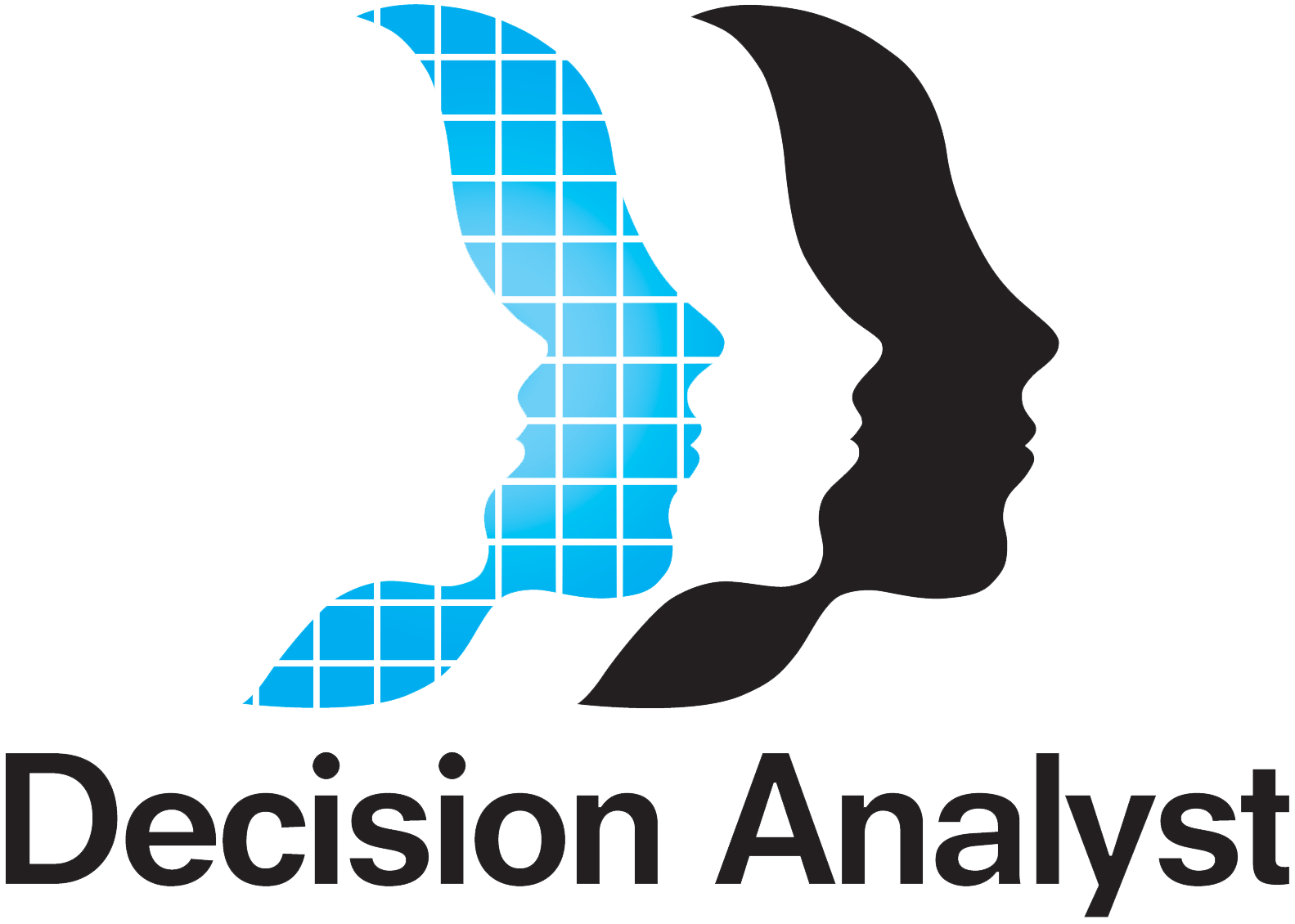SPONSORED CONTENT
By Jerry Thomas, President and CEO, Decision Analyst
The emergence of COVID-19 is not surprising. Given the growing pandemic risks driven by world population growth, greater urbanization and faster transportation systems, the probabilities are high that we will see many more pandemics over the next 100 years. What is most unique about COVID-19 is its devastating economic impact. Presently, preventing the virus from overwhelming health care systems requires shutting down roughly one-third of all economic activity. COVID-19 will bring about a deep worldwide recession in 2020 and probably cost the world economy something on the order of $20-$25 trillion. The COVID-19 pandemic, its high death toll, its disruption of social life and its destruction of the economy will be seared into our collective human memories for a long time to come.
Consumer attitudes and perceptions will be changed forever. Industries, companies and brands will be forced back to the drawing board to relearn and re-understand their consumers, markets and distribution systems. Companies will have to reinvent, reposition and rejuvenate their products, services, marketing and advertising. No one knows exactly how attitudes and perceptions will mutate and evolve but any company or brand that fails to reinvest in basic marketing research to understand and stay in touch with their markets and customers is at peril of oblivion.
In-depth qualitative research is one technique of great value (conducted online, for now, due to COVID-19, but eventually we will get back to in-person). Not only can qualitative research help us understand the deeper psychological and emotional impact of COVID-19, but it can help us look into the future and make intelligent decisions about the likely range of consumer attitudinal and behavioral responses. Once we know what’s likely to change and the range of those changes, then we can bring quantitative research methods to the fore. Choice modeling is a powerful quantitative technique that measures and predicts how consumers will change and imputes the strategy implications of those changes. Choice models allow us to create different scenarios of the future and measure how consumers will choose among those scenarios.
One other basic research technique is worthy of mention. Twenty years ago, most brands had some type of awareness and attitudinal tracking studies in place to monitor the effects of advertising and media initiatives. During the Great Recession, 2007-2009, many of those large, expensive tracking studies were permanently cancelled, on the very eve of the greatest changes in media in the last 50 years. Many companies and brands tried to navigate the post-recession years without any understanding of the changing advertising and media landscape and some of those businesses are no longer with us. Brands with good tracking studies in place sit in the catbird seat. They can analyze the pre-coronavirus world and compare it to attitudes and behaviors post-coronavirus. This pre-post research design yields valuable information, especially during periods of rapid change or disruption.
 All of these suggestions fall into the category of “basic” research – and there are many other types of research to consider. Now is the time to increase research budgets and rededicate ourselves to the pursuit of knowledge and truth – and a brighter future.
All of these suggestions fall into the category of “basic” research – and there are many other types of research to consider. Now is the time to increase research budgets and rededicate ourselves to the pursuit of knowledge and truth – and a brighter future.
Want to learn more? Visit www.gotostage.com/channel/q-report.
